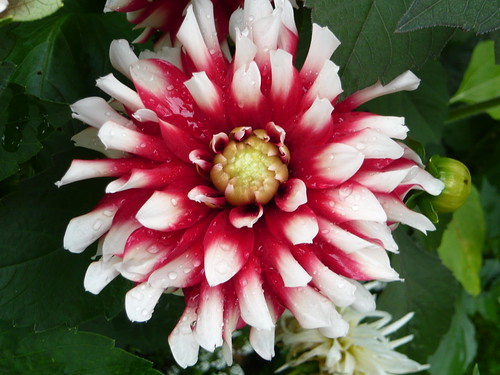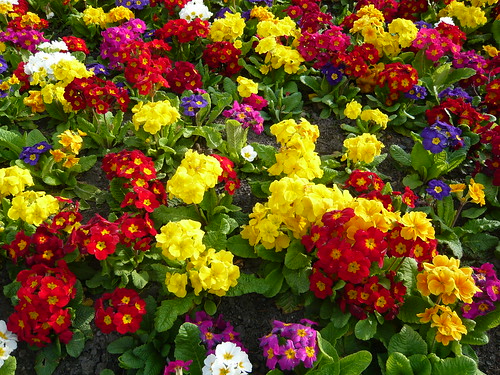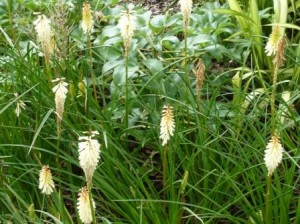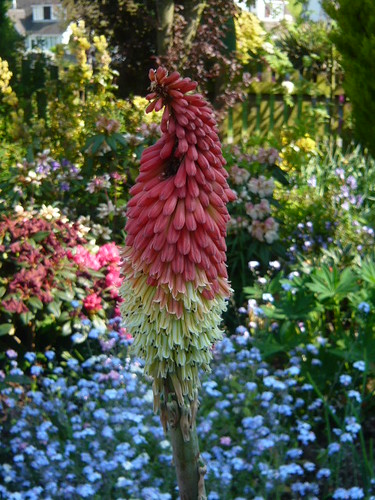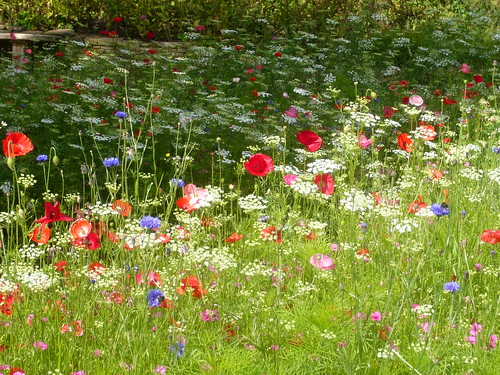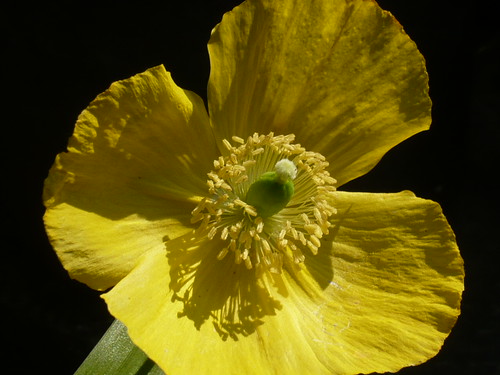I have just updated my 50 Top Seed Companies published in 2010.
A new entrant in my list, RP Seeds, offered Ilex crenata that I want to try for small topiary projects. As usual I am not content with buying just one packet of seeds so I ordered the following.
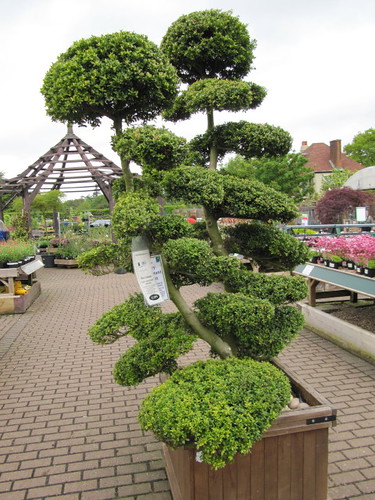
Evergreen small tree / shrub, native to Japan, China and Korea with very small, dark green, glossy leaves and white flowers and black fruits on mature trees. Famous for its use as Topiary Cloud Trees and widely seen in Japanese gardens.  Makes a good alternative to box for topiary and an excellent species for Bonsai.  Note: Patience needed as seeds can take many months to germinate.
- Hardy Tree
- Height: 3-5m
- Position: Sun or semi-shade
Packet of 10 seeds
Fantastic tree for any garden which is one of the world’s oldest species dating back 180 million years to prehistoric times. Has very ornate, fan shaped, lime green leaves which turn clear yellow in autumn. Grows rapidly from seed, is very hardy and extremely tolerant of pollution. A favourite for Bonsai.
- Hardy Tree
- Height: to 25m but can be pruned to any size
- Position: Semi-shade
Standard packet - 5 seeds
Fantastic tree for autumn colour with sharply-toothed, finely-pointed foliage turning many shades of yellow and orange in autumn. A Bonsai classic (see photo), remarkable for how well it mimics its full grown shape in miniature. Easy to grow from seed and fully hardy when mature. Will need frost protection for the first couple of winters.
Winner of the RHS Award of Garden Merit
- Hardy Tree
- Height: 5m if not pruned
- Position: Sun
Standard packet - 20 seeds
Koelreuteria paniculata (Golden Rain Tree)
Unusual and interesting tree with pinnate foliage which emerges green in spring and turns bright yellow in autumn. Bears lovely panicles of yellow flowers in summer followed by strange, yet attractive lantern-like, inflated, bronze-pink fruits.  Easy to grow from seed.
Winner of the Award of Garden Merit.
- Hardy Tree (to -5C) Protect when young and in extreme winters until mature
- Height: up to 10m
- Position: Sun and well drained soil
Standard packet - 25 seeds
Lupinus cruikshankii Sunrise (Lupin)
Striking annual Lupin with blue-green foliage and rising tiers of azure-blue, white and gold flowers. Very different to the usual Lupin and excellent for cutting. Easy to grow and can be direct sown outdoors.
- Hardy annual
- Height: 90-100cm
- Flowers: Summer
- Position: Sun or semi shade
The lupins I ordered to make up the cost to £10 to avoid paying any postage.
I am still waiting for my biennial and hardy perennial seeds to arrive from Wallis seeds who seem a bit slower than usual after I ordered on the internet for the first time.
Acknowledgments Photo Attribution-ShareAlike 2.0 Generic (CC BY-SA 2.0) by wallygrom
‘Expensive topiary …
An Ilex crenata topiary creation – costing £3999 … imagine forgetting to water it one day … This was at Wisley Gardens, in the garden center.
Ilex crenata is also known as Japanese Holly. It is a small-leaved evergreen Holly of slow growth, eventually reaching 4-6 metres. It is ideal for topiary, or as a tightly clipped low hedge. The fruits are small, shiny black berries. There are a number of cultivars from this species.
Native to Japan, Korea, and the Sakhalin Islands. Introduced to the UK in about 1864.’
I need a deal of patience and a lot of gardeners luck to succeed with theses trees but I am an eternal optimist when it comes to gardening.
